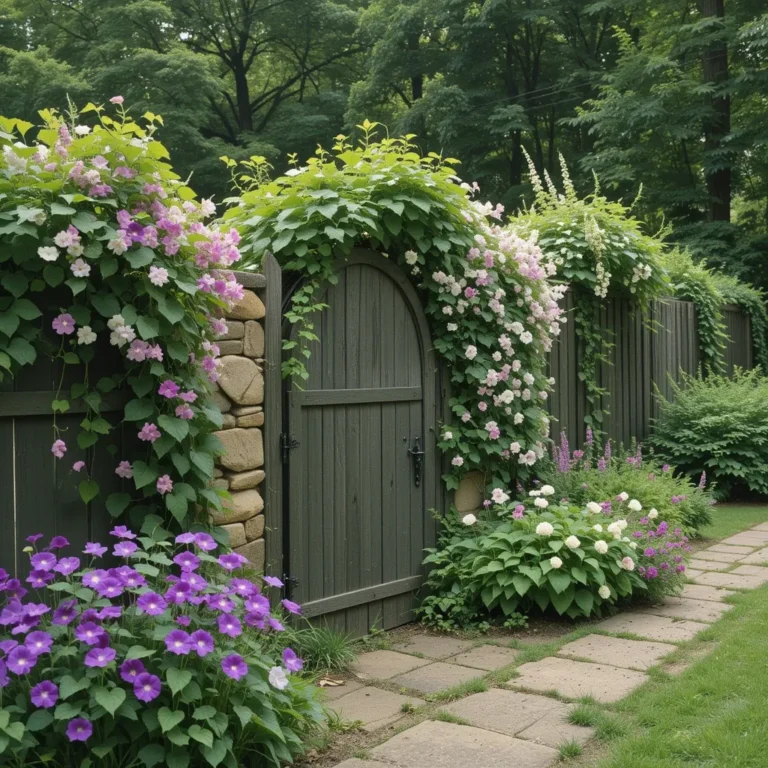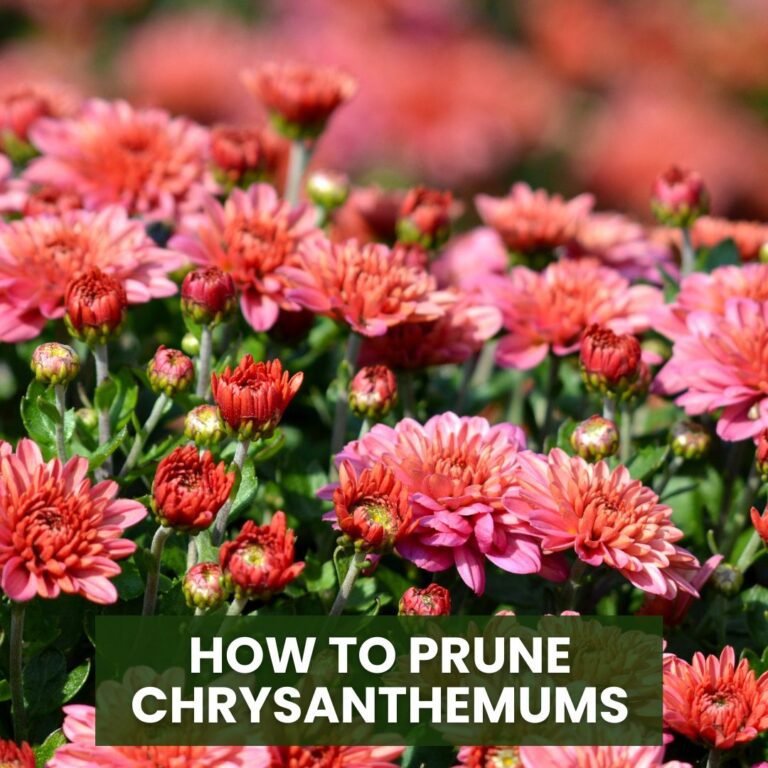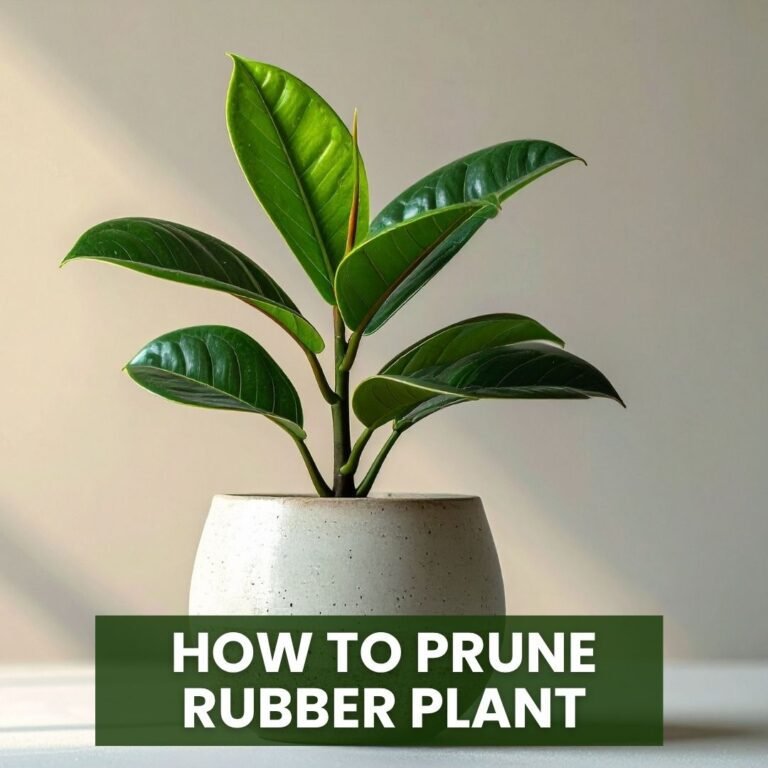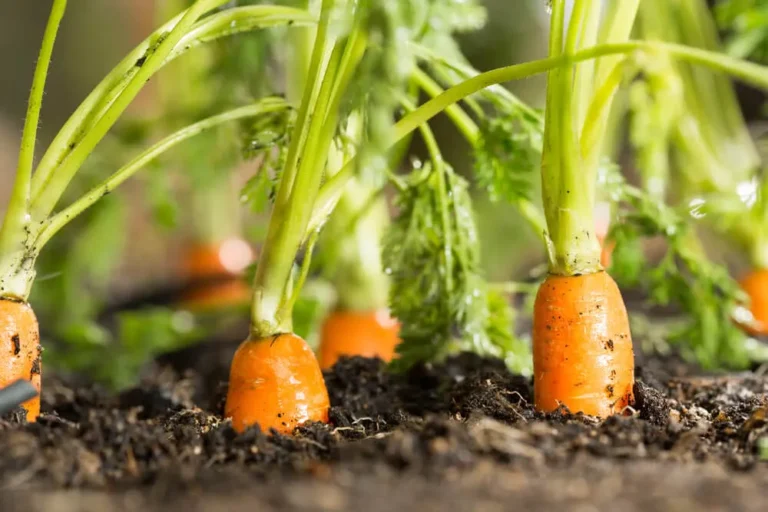How to Prune Rose Plant for Lush Blooms and Healthy Growth
Roses are timeless garden favorites, celebrated for their fragrant flowers and stunning colors. To enjoy vibrant, long-lasting blooms, pruning is essential.
Proper pruning not only shapes the plant but also improves air circulation, removes dead or diseased stems, and encourages stronger growth.
This guide will walk you through how and when to prune rose plants for a thriving garden.

🌿 Why Pruning Roses is Essential
Pruning roses is more than just aesthetics. It removes old, damaged, or diseased stems, stimulates new growth, and encourages more flowers.
By cutting back certain branches, the plant can focus energy on producing healthy blooms rather than weak or unnecessary growth.
Regular pruning also maintains a well-balanced shape, making your rose plant look neat and elegant throughout the season.
✂️ Best Time to Prune Rose Plants
Timing is key for successful pruning. Late winter or early spring, just before new growth begins, is the ideal time to prune most rose varieties.
This helps prevent frost damage and allows the plant to recover quickly.
Light pruning can also be done during the blooming season to remove spent flowers and maintain plant shape.
Avoid heavy cuts during extreme heat or frost periods, as this can stress the plant.
✂️Tools Needed for Rose Pruning
Using the right tools makes pruning safe and effective:
-
Sharp pruning shears for clean cuts on small stems.
-
Loppers for thicker, older branches.
-
Gloves to protect hands from thorns.
-
Disinfectant or rubbing alcohol to clean tools and prevent disease spread.
🌱 Step-by-Step Guide to Pruning Rose Plants
1. Remove Dead or Diseased Stems
Start by inspecting your rose plant for brown, damaged, or diseased stems. Cutting these back prevents infection and allows the plant to focus on healthy growth.
2. Cut Back Spent Blooms
Deadheading faded flowers encourages the plant to produce more blooms rather than divert energy to seed formation. Snip just above a healthy leaf node for best results.
3. Thin Out Crowded Branches
Overcrowded stems reduce air circulation and increase disease risk. Remove weaker or crossing branches to strengthen the plant and improve airflow, which helps prevent fungal issues.
4. Shape the Plant
Prune selectively to create a balanced, aesthetically pleasing shape. You can aim for a rounded bush, upright growth, or cascading form, depending on your garden design.
5. Encourage New Growth
Cutting back old wood and lightly trimming vigorous stems stimulates fresh shoots that will produce more flowers next season. Removing up to one-third of the oldest stems is ideal for most rose varieties.
🌸 Seasonal Pruning Tips
Spring Pruning: Focus on removing dead stems and shaping the plant. This is the main pruning period for roses in most regions.
Summer Pruning: Light deadheading of spent flowers maintains bloom production. Avoid heavy pruning during hot months to prevent stress.
Fall Pruning: Remove damaged stems and spent flowers to prepare the plant for winter dormancy. Avoid cutting too much, as this can leave it vulnerable to frost.
Winter Pruning: Minimal pruning is needed; focus on protecting the plant from harsh winter conditions and removing any broken or frost-damaged stems.
💡 Common Mistakes to Avoid
Cutting Too Early: Removing stems before new growth appears can weaken the plant.
Ignoring Dead or Diseased Stems: Failing to remove unhealthy stems increases risk of fungal infections.
Using Dull Tools: Jagged cuts slow healing and invite disease. Always sharpen and disinfect your tools.
Overcrowding Stems: Dense growth reduces airflow and can lead to mildew and pests.
Caring for Roses After Pruning
After pruning, water the rose plant thoroughly to help it recover. Apply a balanced fertilizer to strengthen roots and encourage healthy blooms.
Ensure your roses receive adequate sunlight and monitor for pests like aphids, spider mites, or Japanese beetles.
Proper post-pruning care ensures a vibrant, flowering plant throughout the season.
🌟 Advanced Rose Pruning Tips
For experienced gardeners, consider staggered pruning throughout the season to extend bloom periods. You can also train climbing roses by selectively pruning and tying canes to support structures. Regularly dividing older bushes and removing weak stems encourages larger, more abundant flowers and keeps your rose garden thriving year after year.
🌹 Final Thoughts
Pruning your rose plant is a crucial step for long-lasting beauty and health.
By removing dead or diseased stems, deadheading spent blooms, and shaping your plant carefully, you can enjoy stronger growth, more vibrant flowers, and a visually stunning garden.
Thoughtful pruning, combined with proper care, ensures your roses reward you with gorgeous blooms season after season.






